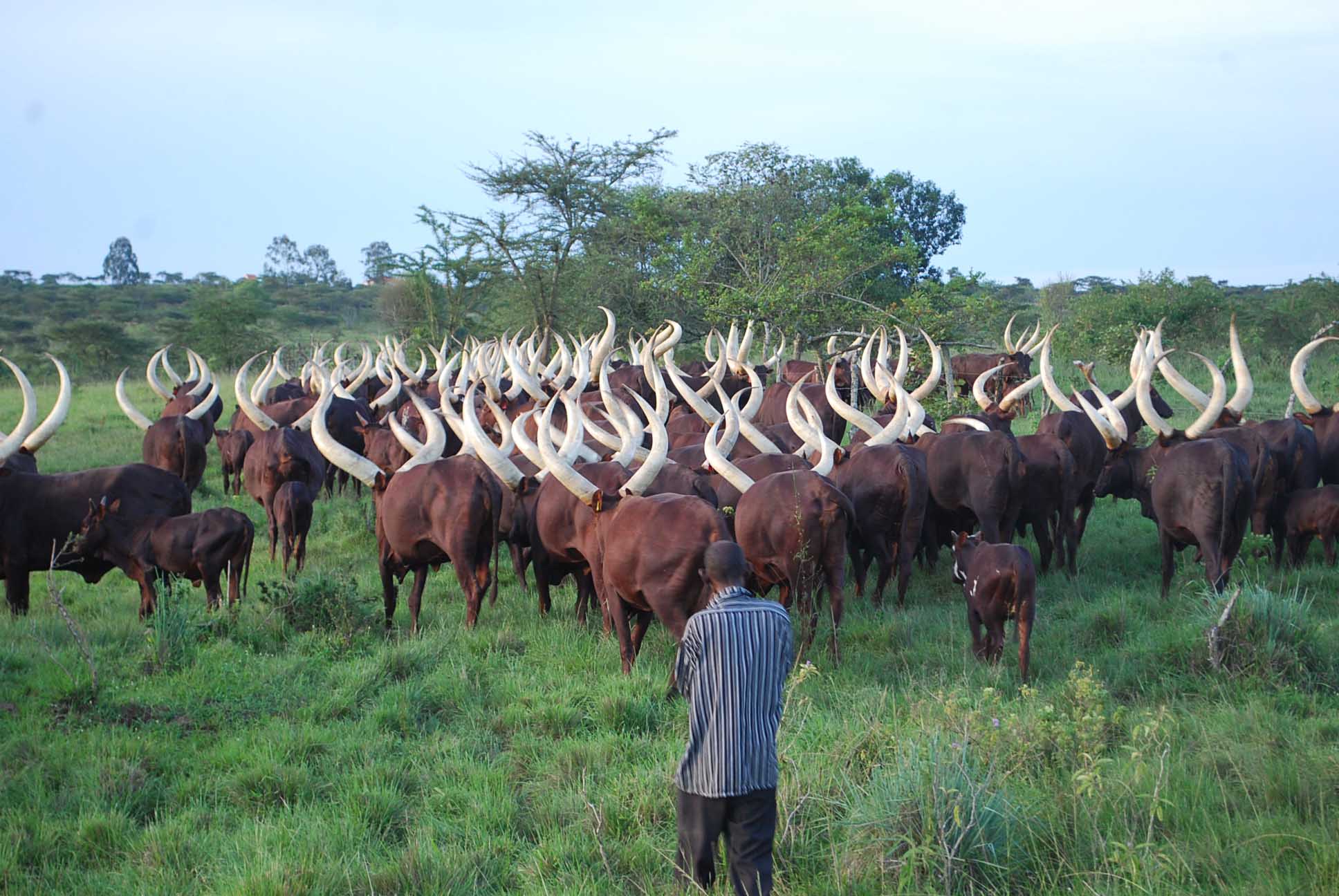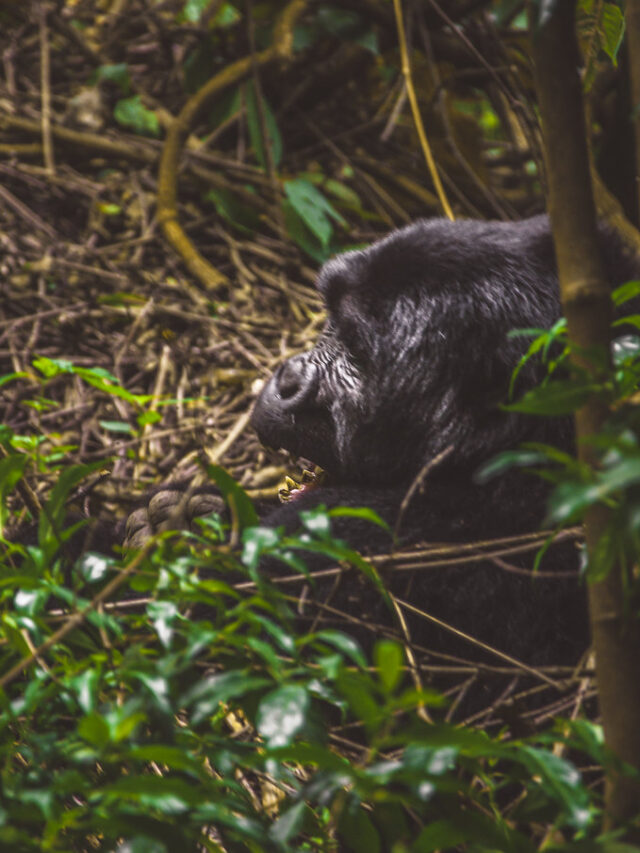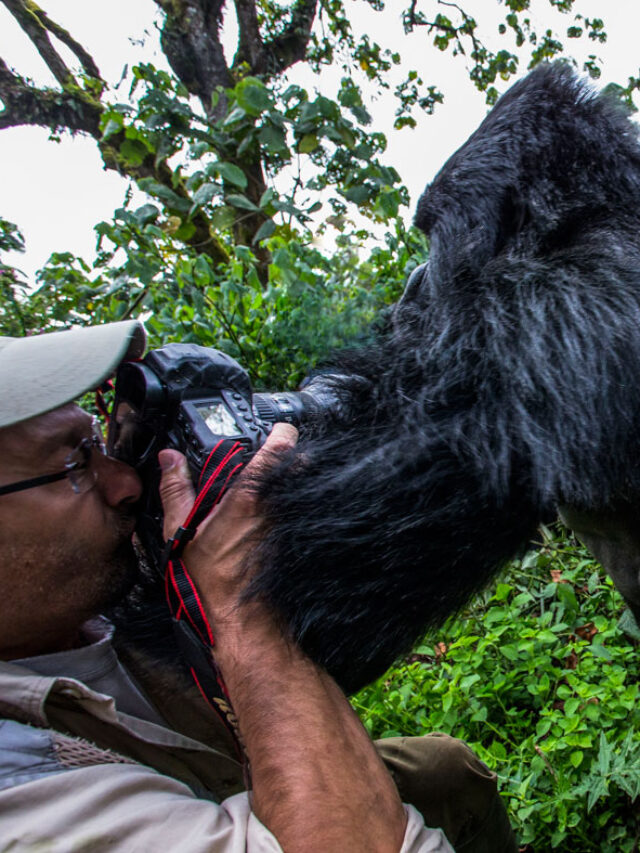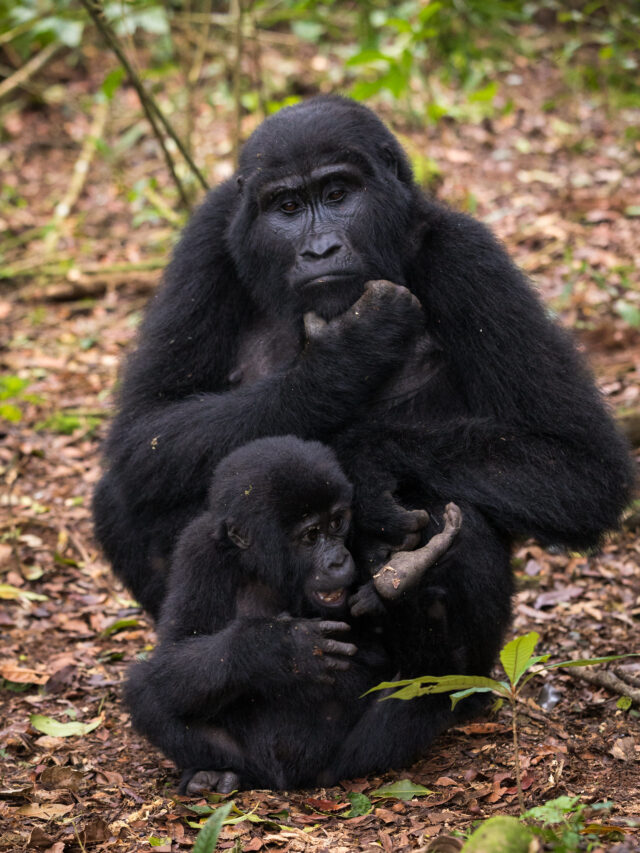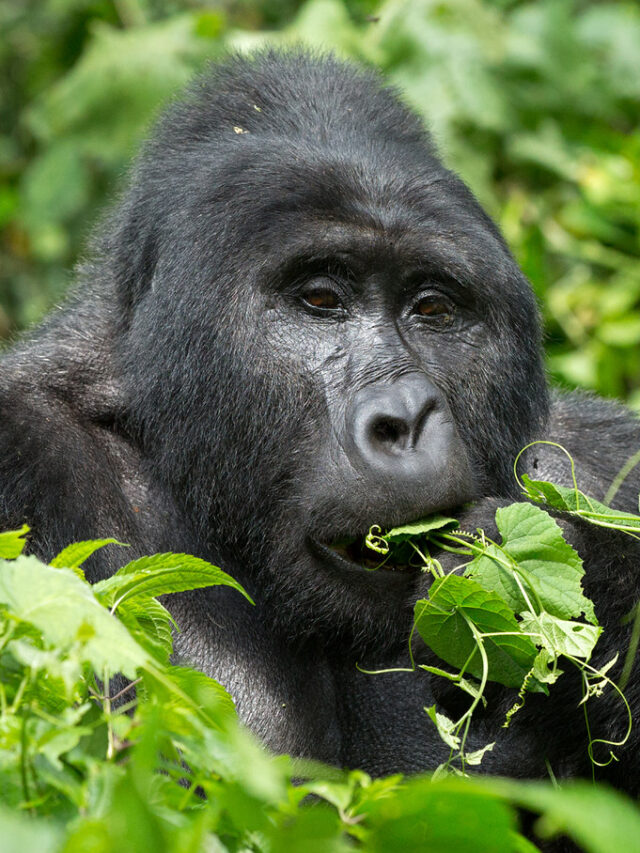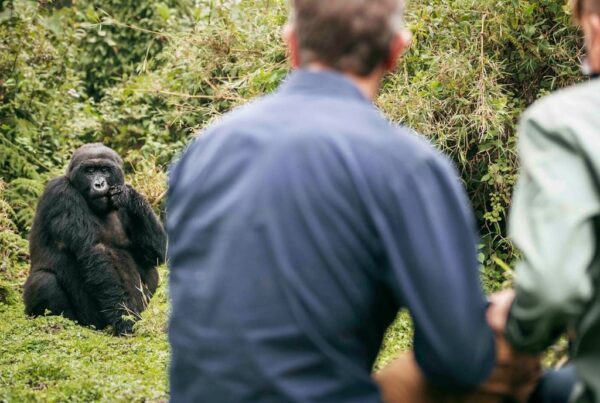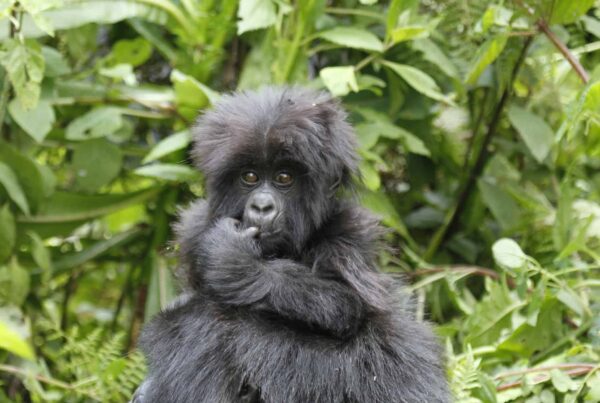The Majestic Ankole Cattle of Uganda: Guardians of Heritage and Symbols of Beauty
In the heart of East Africa, where golden savannahs stretch beyond the horizon and cultures are proudly rooted in centuries-old tradition, one animal reigns supreme in both symbolism and spectacle—the Ankole cattle. Towering with their sweeping horns that curve like ancient musical instruments and shimmer under the Ugandan sun, the Ankole cattle are not merely livestock. They are a moving portrait of identity, wealth, resilience, and pride for the people of Uganda and the greater Great Lakes region. Their story is not only about biology but about culture, colonial disruption, conservation, and a new generation reclaiming an old legacy.
Origins and Heritage: More Than Just a Breed
Ankole Cattle of Uganda — The Ankole cattle are a subspecies of the Sanga cattle group, indigenous to Africa and particularly prevalent in Uganda, Rwanda, Burundi, and parts of western Tanzania and eastern DR Congo. In Uganda, they are most commonly associated with the Bahima and Banyankole communities, for whom cattle are the core of traditional life. Cattle are central in naming ceremonies, dowry transactions, conflict resolution, and religious rituals. They are not slaughtered recklessly; instead, they are revered, sung about, and even spoken to as members of the family.
Historically, the Ankole cattle were part of a deeper ecosystem of pastoralist living where herdsmen understood the rhythms of the land. The cattle are known for their ability to survive in dry conditions, thriving where other breeds may falter. Their blood is occasionally tapped and mixed with milk for nourishment, a technique deeply tied to the Bahima’s ancient nomadic life. It’s a relationship of balance and symbiosis—not domination.
Appearance: Horns That Defy Logic
Perhaps the most striking feature of Ankole cattle is their horns—massive, symmetrical, and sometimes stretching over two meters wide. These horns are not just decorative; they serve a thermoregulatory function, helping to cool the animal’s blood as it circulates through the horn’s vast network of blood vessels. The glossy hides vary in color—white, brown, reddish, black, or even spotted—but the elegance of the horns remains constant. No other cattle in the world carry such an iconic silhouette, making them instantly recognizable.
For photography lovers, wildlife documentarians, and cultural tourists, the Ankole cattle are a living marvel. When they walk, it’s not merely movement—it’s a parade of nobility. You don’t just see them; you feel their presence.
Cultural Significance in Uganda
In the western Ugandan kingdoms of Ankole and Toro, these cattle are known as “Inyambo” when bred to show exceptional horn size and beauty. Kings and chiefs once owned the most majestic herds, and cattle herders were chosen with care, as caretaking required discipline, storytelling, and spiritual understanding. Songs and poems about cattle exist in oral traditions, many of which are still performed during traditional ceremonies.
Even in modern Uganda, the Ankole cattle hold their allure. Former President Yoweri Museveni is known to have championed their conservation by establishing ranches and encouraging young Ugandans to return to livestock farming. However, the transition of Uganda into an increasingly commercialized and urbanized country has put pressure on traditional pastoralism, and the Ankole cattle are not immune to these changes.
Conservation vs. Commercial Crossbreeding
In recent decades, the pressure to increase milk yields has led to the introduction of exotic breeds such as Friesians and Jerseys. While these produce more milk, they are less hardy and often require supplemental feeding, vet care, and cooler conditions. Crossbreeding, while well-intentioned for economic gain, has diluted the Ankole’s genetic line in some regions.
Thankfully, cultural and environmental activists, alongside passionate ranchers, are pushing back. The conservation of pure Ankole cattle has now become a movement—a fight not just for an animal, but for the preservation of a cultural identity. Organizations and community programs are stepping up efforts to document, breed, and promote pure Ankole herds as part of Uganda’s national heritage.
Travel Experience: Where to See Ankole Cattle in Uganda
For travelers curious to witness these majestic cattle up close, western Uganda is the place to be. Districts like Kiruhura, Lyantonde, Isingiro, and Mbarara host some of the largest and most culturally significant herds. The region’s rolling hills, scattered acacia trees, and open grazing fields provide a postcard-perfect backdrop for Ankole cattle photography.
Luxury eco-ranches such as Nkore Hills Ranch and Mihingo Lodge offer not just accommodation but immersive cultural experiences, where visitors can interact with local herders, learn about the cattle’s care, participate in evening milkings, and even attend traditional storytelling sessions. For solo travelers or cultural explorers, it’s an experience of both awe and deep introspection—a rare chance to touch the past while witnessing a proud tradition surviving in a modern world.
If you’re planning a road trip from Kampala to western Uganda, consider taking the scenic route through Lake Mburo National Park. Not only is this a sanctuary for zebras and elands, but it also lies at the heart of Ankole cattle territory. Many lodges offer guided walks that may intersect with local herds, presenting unique photographic moments against a savannah sunset.
Practical Tips for Travelers and Cultural Photographers
For solo travelers, especially those eager to document authentic Ugandan life, the Ankole cattle present a rare opportunity to connect with deeply rooted culture without entering a museum or staged performance. When photographing cattle herders, always ask permission or go through a local guide who can help navigate cultural etiquette. Morning hours are usually best for seeing the herds being taken to pasture, while late afternoon gives you beautiful light for horn silhouettes.
When booking accommodation, choose locally owned or community-engaged lodges that respect and uplift the surrounding cultural practices. This ensures your tourism dollars directly support the people safeguarding these magnificent animals.

